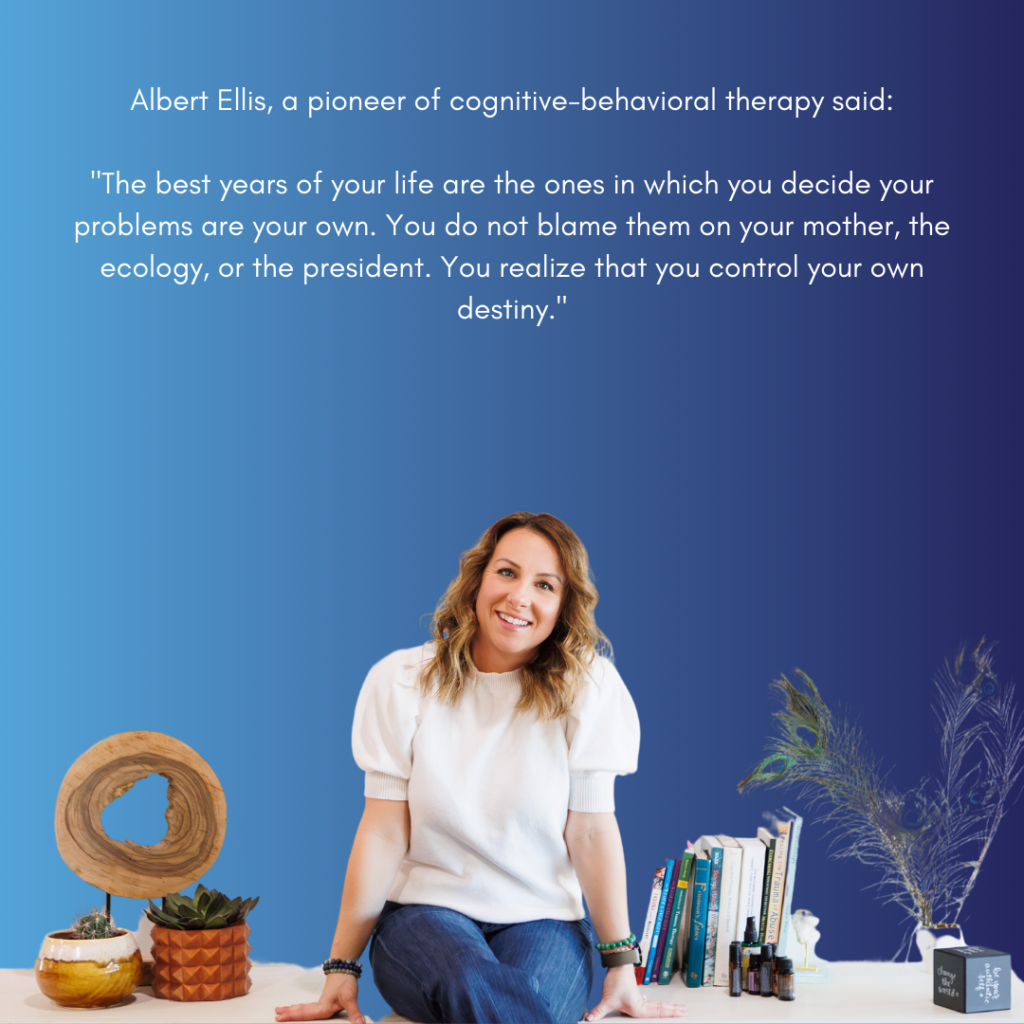
Albert Ellis, a noted therapist, famously said, “The best years of your life are when you own your problems. You don’t blame your mother, the ecology, or the president. You realize you control your destiny.” This idea emphasizes personal responsibility, which is key to overcoming emotional blocks.
Feeling stuck can greatly limit your growth and happiness. Thus, it’s crucial to recognize signs of this stagnation to regain your emotional freedom. In this post, we’ll look at three signs you might be stuck and offer simple tips to help you move forward. For more tools and strategies, check out our Emotion Regulation Digital Download.
Signs You’re Emotionally Stuck:
- Overwhelmed by Tasks: If daily tasks seem too hard, it often means you are overwhelmed. This can lead to putting things off and feeling stuck.
- Negative Thinking: Regular self-criticism and expecting the worst can make you feel hopeless and lessen your enjoyment of life.
- Avoiding Emotions: Also, if you ignore your feelings or avoid situations that might bring strong emotions, you might block yourself from fully processing experiences. This can lead to emotional numbness.
Understanding emotional stagnation is important because it helps you identify and tackle patterns that limit your well-being. By addressing these issues, you empower yourself to break through barriers that affect your happiness and productivity, paving the way for a healthier, more fulfilling life.
Tips to Move Forward:
- Practice Mindfulness: Simple mindfulness techniques can help you connect better with your emotions. The American Psychological Association shows that mindfulness reduces overthinking and emotional reactions. Read more at APA.ORG also more about meditation here
- Reframe Negative Thoughts: Moreover, changing how you view situations can alter your reactions. The Mayo Clinic offers easy guidelines for this process. Learn more
- Set Small Goals: Creating small, realistic goals can lessen overwhelm. Also, breaking tasks into smaller steps can boost productivity and keep you motivated. Explore more at HBR.ORG More on this topic in the membership!
By recognizing these signs and using these strategies, you start moving past emotional stagnation. If you’re looking for more structured support and tailored strategies, consider joining our Mental Summit membership program. It provides the tools and support needed to thrive. Join us today.
